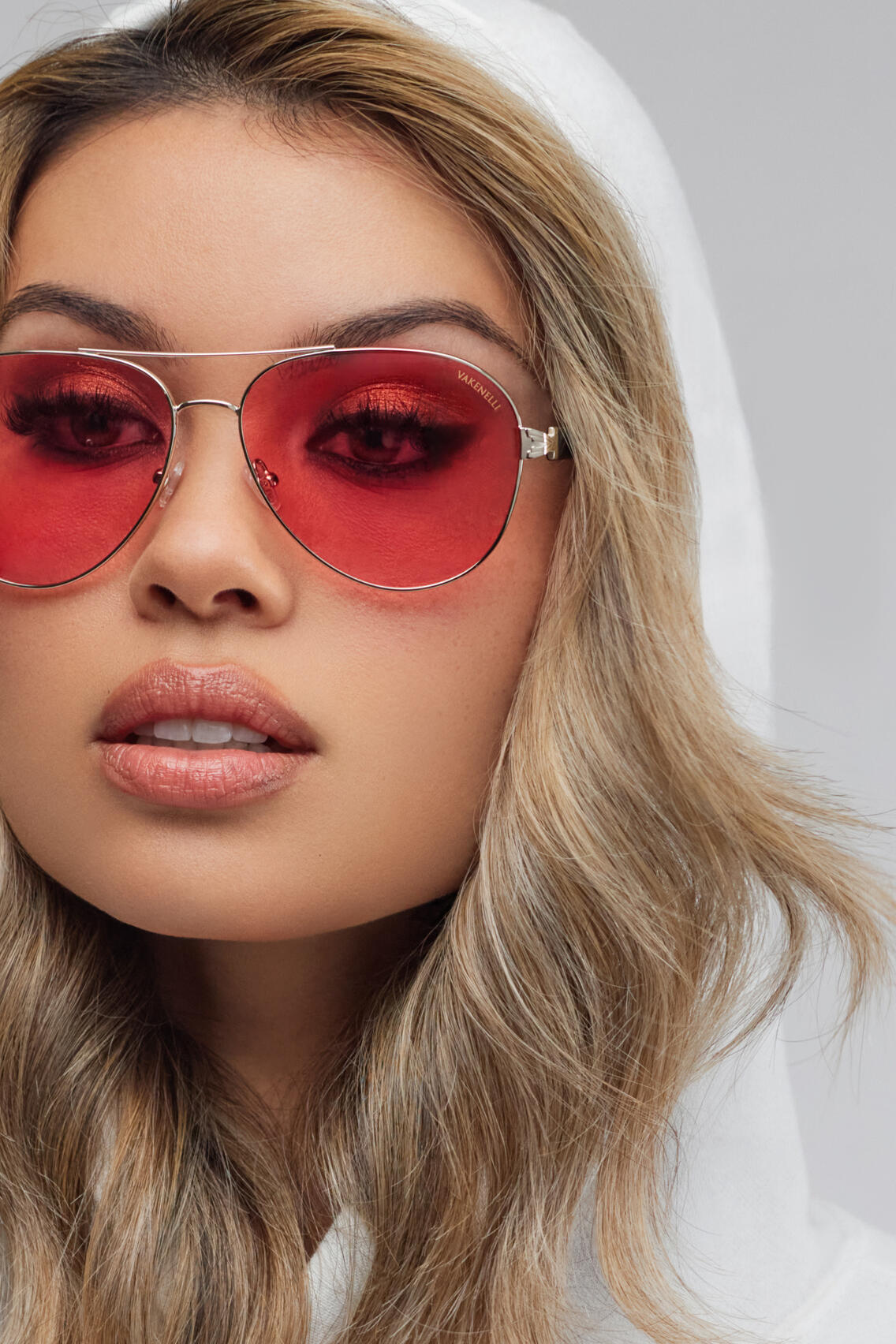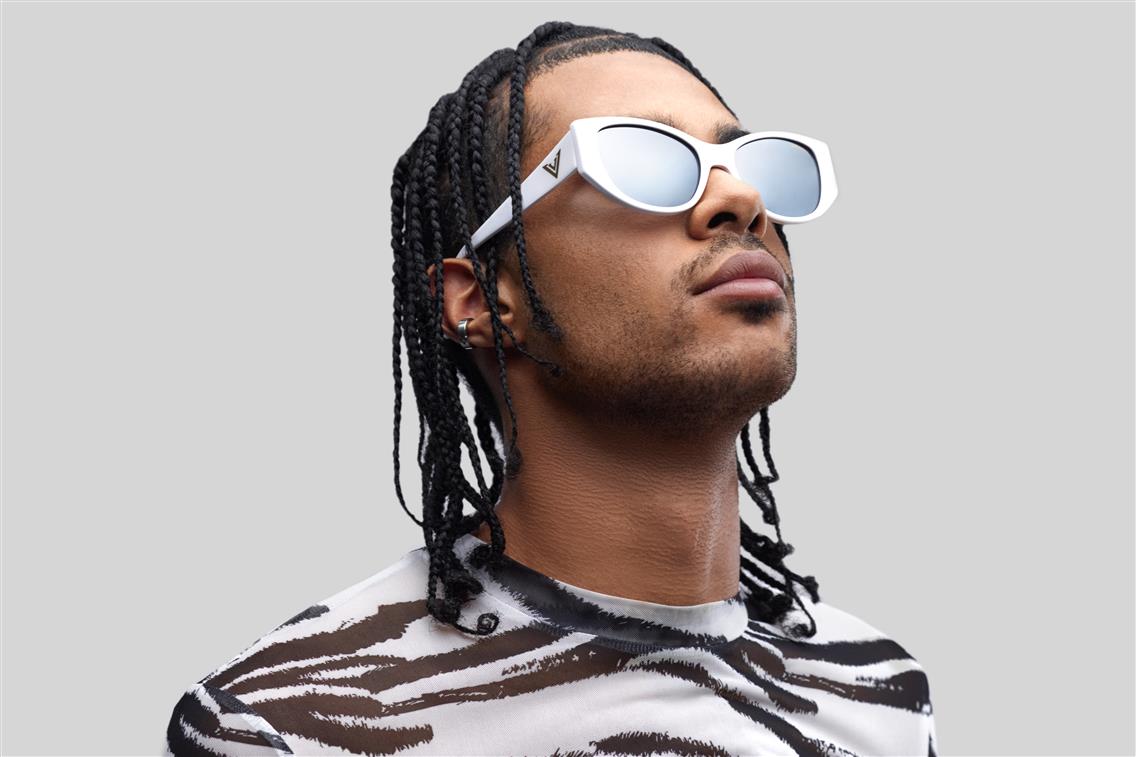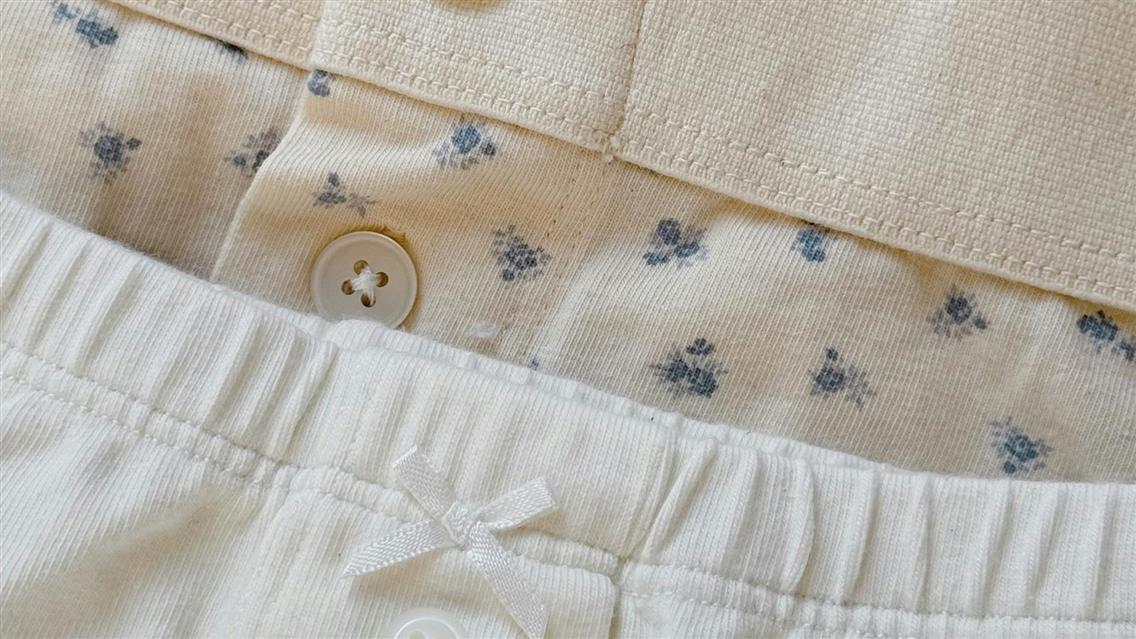E-Commerce Photography to Drive Sales for Fashion Brands
Today’s consumers expect detailed, high-quality images that showcase clothing and accessories as clearly as possible. Studies show that compelling product visuals can significantly boost conversion rates, making quality photography a key driver of sales.
In this article, we will delve into what sets fashion eCommerce photography apart from traditional photography, explore the types of imagery that effectively convert viewers into clients, and discuss how to strategically implement these visuals across various platforms.

Whether you’re launching a new fashion line or aiming to elevate your current online presence, understanding the essence of fashion eCommerce photography can unlock new levels of engagement and revenue.
Types of Fashion E-Commerce Photography That Convert
This is exactly what you have been looking for: types of photography that drive eCommerce conversions. Each shot serves a specific function and speaks to a different stage of the buyer’s journey. When combined effectively, they create a rich visual experience that increases engagement, reduces uncertainty, and most importantly, boosts sales.
On-Model Catalog PhotographySeeing clothing on a model allows customers to better imagine how the product will look and fit them. The model should mirror the desired or actual look of your ideal customer, whether it’s a luxury or fast-fashion brand. High-end brands like Chanel often use on-model photography to create a sense of aspiration, using glamorous and chic models to elevate their products. In contrast, brands like Uniqlo focus on everyday appeal by featuring natural, relatable faces to connect with a broader audience. | 
|
 | On Hand/On Foot PhotographyPhotography is crucial to provide scale and fit when it comes to accessories, jewelry, or shoes. A watch shown on a wrist or a shoe worn on a foot gives buyers a clearer understanding of their proportions and fit, reducing doubts and enhancing the product’s appeal. Many brands, from Nike to independent jewelry makers on Etsy, use this format to help buyers visualize how the product will appear in everyday life. |
Campaign Fashion PhotographyWhen launching a new collection, campaign fashion photography becomes a pillar of your success. These high-impact visuals are designed to create maximum engagement by aligning with the brand’s messaging and values. For example, when Louis Vuitton launches a new line, they blend artistic photography with luxury storytelling, evoking an emotional response. This strategy isn't just about the product but positioning the brand within a broader cultural or seasonal narrative. |  |
 | High Fashion & Editorial Fashion PhotographyFor luxury brands, high-fashion photography is indispensable. This type of photography is all about creating art and evoking desire, often through dramatic, aspirational imagery. Take Versace’s editorial campaigns, where the bold styling and innovative compositions transform the product into a work of art. This photography style is especially effective for drawing in customers who prioritize exclusivity and prestige, allowing you to target premium buyers with more emotional, brand-driven content. |
Lifestyle Fashion PhotographyContext is king in lifestyle photography. This style showcases your products in real-world settings, whether it’s a night out, a casual workday, or lounging at home. It helps customers visualize your products in their own lives, thus making them more likely to purchase. Brands like Lululemon excel at using lifestyle shots to display their athletic wear in both active and casual settings, resonating with their health-conscious target market. If your goal is to connect with the everyday consumer, street fashion photography offers a more authentic, relatable approach. Brands like Supreme and Adidas often use this style to engage urban, trend-conscious audiences. It’s casual, raw, and speaks directly to modern, fashion-forward consumers, especially on platforms like Instagram and TikTok, where a more unfiltered aesthetic is preferred. | 
|

| Flat Lay Photography for ClothingFlat-lay imagery appeals to detail-oriented customers. It also showcases outfits or items arranged in a stylized manner, giving buyers ideas on how to pair products. Brands like Anthropologie or Urban Outfitters use flat lays to inspire styling choices, subtly guiding consumers toward multi-item purchases. |
Mannequins & Ghost MannequinsFor a clean, distraction-free presentation, ghost mannequin photography is ideal for displaying the fit and structure of garments. It’s a popular choice for brands like Topshop and Boohoo, where product clarity is paramount. Ghost mannequins allow potential buyers to focus on the garment itself without distractions, making it perfect for online stores that prioritize minimalism and ease of navigation. |  |
 | Still Life Photography Shots for Shoes, Bags, and AccessoriesStill-life photography is ideal for showcasing the quality and craftsmanship of smaller items like shoes, bags, and jewelry. Brands like Coach and Hermès often use this style to highlight the intricate details and luxurious materials of their accessories, making them more desirable to discerning shoppers. |
360° Fashion Photography
Interactive 360° photography is an innovative tool that offers customers a fully immersive experience. By allowing them to rotate the product and view it from every angle, this format builds confidence in their purchase decision and significantly reduces return rates. Many high-performing eCommerce platforms, like Nike’s online store, now integrate 360° photography to enhance user experience and increase satisfaction.
Why On-Model Photography Works for eCommerce
It Communicates Features and Reduces Uncertainty
Online shopping inherently lacks the tactile experience of in-store shopping. On-model photography helps bridge this gap by answering crucial customer questions like:
- How does the fabric move and drape?
- What's the true scale of this phone in a hand?
- How does this lipstick color appear against different skin tones?
- Will this fit someone with my body type?
By addressing questions of fit and scale visually, brands remove significant barriers to purchase. Customers who can visualize the product in use develop greater confidence in their decision, leading to higher conversion rates and improved shopping experiences.
On-Model Photo Lowers Return Rates in Online Shopping
Returns are a huge problem for online stores - some fashion retailers see 20% to 40% of their stuff come back. That's a massive hit to the bottom line when you think about all the shipping costs, restocking fees, and staff time spent processing everything. It's honestly one of those hidden costs that can really hurt a business if you're not careful about it.
When people can see realistic photos of products on actual models, they get a much better sense of fit, color, and how the item looks in real life. This makes a huge difference in setting the right expectations from the start.
When customers know what to expect, several good things happen naturally. You get fewer returns because people aren't surprised by what shows up at their door. A a result of fewer returns, processing and shipping costs go down because there's less stuff coming back,our inventory becomes easier to manage since you're not constantly dealing with returned items, and customers are genuinely happier because they're getting what they thought they ordered.
Lots of successful brands have found that when they invest in better on-model photography, their return rates drop by 15-20%. It's real money saved on operations while making customers more satisfied at the same time. It's one of those smart moves where taking care of your customers also takes care of your business.
It Creates an Emotional Connection and Signals a Segment
When customers see products on models who look like them or who they want to be like, they start to associate themselves with the brand. It's about telling a story that makes people think "that could be me" or "that's the vibe I'm going for."
There's something about seeing a real person in the clothes that makes the whole thing feel warmer and more relatable, instead of just looking at a flat product shot that feels kind of sterile and boring.
Businesses aim for loyalty that goes way beyond a one purchase. When customers feel like a brand actually gets them and represents people who are like them, they start to feel seen and understood. That's the kind of thing that keeps people coming back because they feel like the brand cares about them as individuals.
The research backs this up, too. Most of the time, people make buying decisions online based on how they feel rather than just looking at features and specs. On-model photography makes people want the lifestyle and feeling that comes with the product.

Showing Who Your Product Is For
Your choice of models sends powerful signals about who your brand serves and values. This visual communication defines your target market clearly without explicit statements, positions your brand within specific price and value categories, and attracts your ideal customers while naturally filtering out poor fits.
For example, a luxury skincare brand using elegant, mature models in sophisticated settings instantly communicates its premium positioning and target demographic. Conversely, a youth-oriented streetwear brand using diverse, urban models in authentic city environments signals its market focus and values.
This visual shorthand works efficiently across all marketing channels, immediately helping potential customers understand if your brand is "for them." This segmentation creates stronger connections with your ideal audience while reducing marketing spend on customers unlikely to convert.
The model styling, photography environment, and overall aesthetic further reinforce these market signals, creating a cohesive brand language that speaks volumes about your company's values
Key Principles of eCommerce Photography for Fashion Brands
Consistency
A hallmark of successful fashion brands, consistency in photography creates a recognizable visual identity. Maintain uniformity in lighting, color palettes, and styling across all your images. This approach reinforces your brand's identity and also builds customer trust—when shoppers recognize your style, they feel confident in their purchases.
Clarity
The core of fashion eCommerce photography lies in its ability to communicate product details clearly. Ensure your images are well-lit and sharply focused, showcasing the texture, color, and craftsmanship of each item. A high-resolution image should answer questions before they are even asked—customers should be able to zoom in on fabric quality, stitching, and any unique features effortlessly.
Context
Help customers envision how your products fit into their lives by providing contextual imagery. Lifestyle photos that illustrate your items in relatable settings—whether at a dinner party, on a city street, or during a casual outing—can bridge the gap between desire and practicality. When shoppers see themselves using your products, they are more likely to complete their purchases.
Detail
Don’t shy away from close-ups that highlight the finer aspects of your items. Zoom in on intricate designs, patterns, or special features that set your products apart. Detailed shots can serve as reassurance, giving customers confidence that what they see online matches what they will receive.
Brand Alignment
A fashion brand's photography should resonate with its overall brand identity and marketing strategy. Each image should reflect a brand's values and aesthetics. Whether your brand is playful and colorful or elegant and minimalist, your visuals should communicate this consistently to reinforce your unique position in the marketplace.
Platform Optimization
Every platform has its own requirements and audience preferences, so tailor your images accordingly. Whether it’s the ideal aspect ratio for Instagram or resolution requirements for your eCommerce site, adapting your visuals ensures they look their best no matter where they're displayed. Remember, your images are often the first interaction customers have with your brand, so they must make a strong impression.
Showcasing Versatility: From Bags to Lingerie
Different types of fashion products require distinct photographic approaches. For instance, bag photography should emphasize the design, functionality, and scale, using angles that showcase the bag's features and how it complements various outfits. Conversely, lingerie photography demands a focus on fit and comfort, often utilizing soft lighting and flattering poses to convey the allure and intimacy of the product. Tailoring your photography style to suit different categories enhances the product’s appeal and caters to the specific needs and expectations of your target audience.
The Stakes for Brands Have Never Been Higher
With global fashion eCommerce projected to reach $1.6 trillion by 2030, the brands that will thrive are those that understand a fundamental truth: online sales depend on emotional purchases, and the most effective way to affect your customers’ feelings is through visual communication. Besides feelings, you deal with practical thinking as well. And again, visuals, not long product descriptions, do the heavy lifting in sales: show the product features and prove its quality.
The investment you make in professional fashion photography today will compound across every marketing channel, every social media post, and every customer interaction for years to come. Choose a partner who doesn't just take pictures, but one who understands that they're capturing the essence of your brand's future success.
Your next collection deserves imagery that stops thumbs from scrolling and transforms your eCommerce shop into an irresistible destination. The question is whether you can afford not to invest in it.





